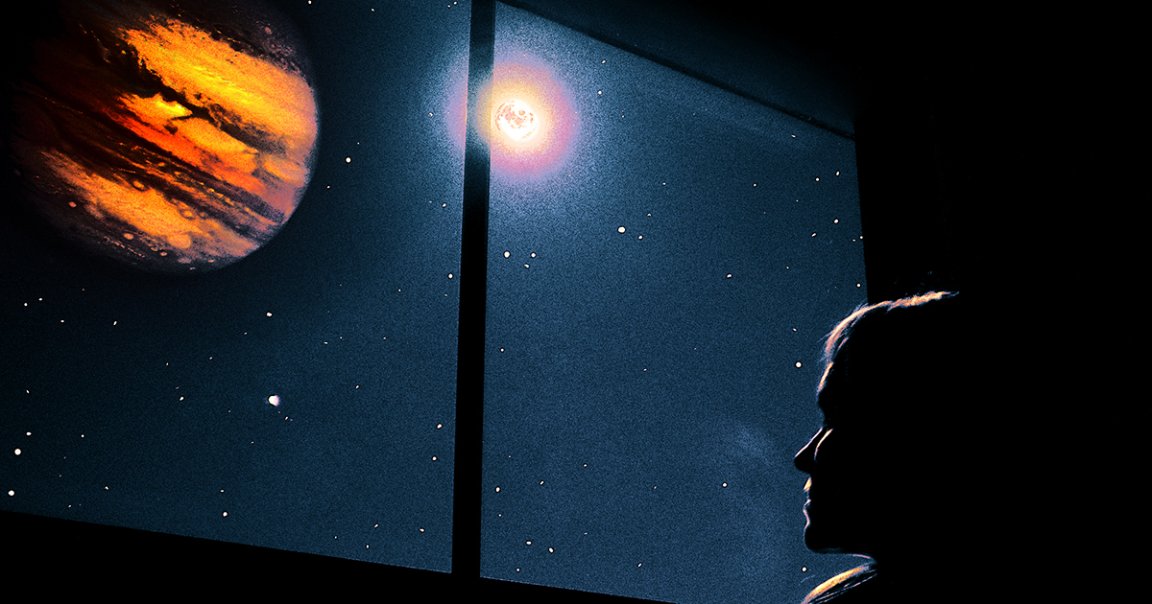
You don’t need us to tell you that Jupiter, which has more than twice the mass of all the other planets in the Solar System combined, is the biggest game in town (other than the Sun, at least.)
But believe it or not, it may have once been even bigger. Try more than double its current size, according to new research from Caltech and the University of Michigan — boasting enough volume to fit 2,000 Earths inside it with room to spare. Over time, the bloated world cooled off, contracting to the relatively humbler size it is today.
The findings, published in a new study in the journal Nature Astronomy, provide a window into the Solar System’s early evolution, around 3.8 million years after the first solids formed. Jupiter, with its enormous gravitational pull — and as the first planet to form — would have played an instrumental role in determining how the orbits of the nascent planets eventually settled.
“Our ultimate goal is to understand where we come from, and pinning down the early phases of planet formation is essential to solving the puzzle,” co-lead author Konstantin Batygin, a professor of planetary science at Caltech, said in a statement about the work. “This brings us closer to understanding how not only Jupiter but the entire Solar System took shape.”
The clues to uncovering this early episode of Jupiter’s past lie in two of its small moons, Amalthea and Thebe, which exhibit unusual orbits that aren’t fully explained by their host’s current size.
To examine this discrepancy, the researchers bypassed existing planetary formation models and focused on aspects of the Jovian system that could be directly measured, including the orbital dynamics of the tiny moons and the planet’s angular momentum.
Their calculations revealed that, around 4.5 billion years ago, Jupiter must have had a radius up to 2.5 times greater than it is today. Likewise, its magnetic field — terrifyingly, as it’s already 20,000 stronger than the Earth’s — would have been a staggering 50 times more powerful.
This dramatically shapes our idea of Jupiter in a critical moment in the Solar System’s evolution, when the great disk of matter surrounding the Sun called the protoplanetary disk, which gave birth to the planets, evaporated.
Mind-boggling as they are, these findings, the researchers say, are consistent with the prevailing core-accretion theory describing how giant planets formed. According to this theory, the giant planets began as heavy, solid cores floating on the farther and colder side of the protoplanetary disk, pulling in the lighter gas molecules surrounding them — first gradually, and then after passing a threshold of mass, much more rapidly.
The exact details surrounding the planets’ origins are still hotly contested. But the researchers say they’ve made the most precise measurements to date of primordial Jupiter’s size, spin rate, and magnetic conditions, which will be indispensable to furthering our understanding of the Solar System’s architecture.
“What we’ve established here is a valuable benchmark,” Batygin said. “A point from which we can more confidently reconstruct the evolution of our Solar System.”
More on astronomy: Astronomers Baffled by a Suspicious, Perfectly Round Sphere in Our Galaxy